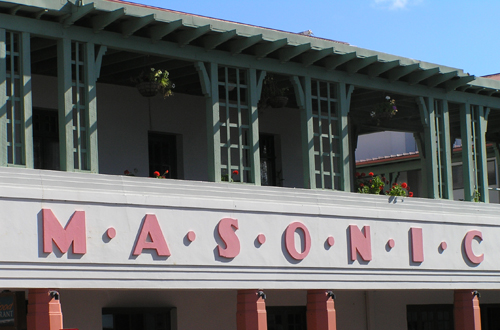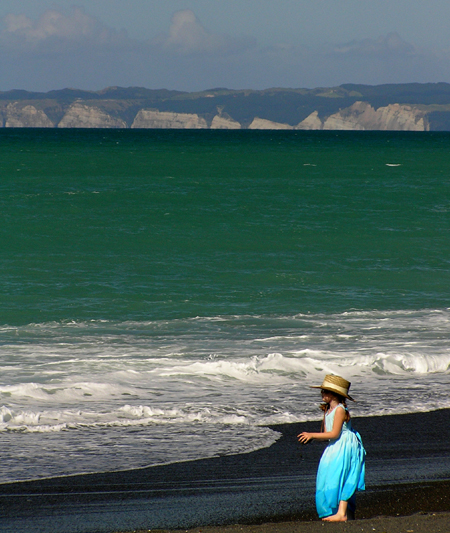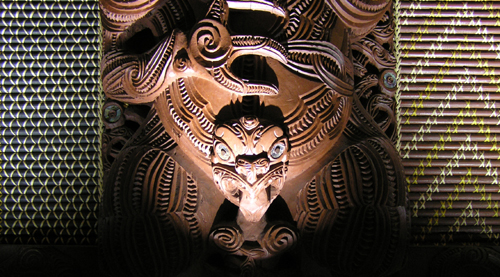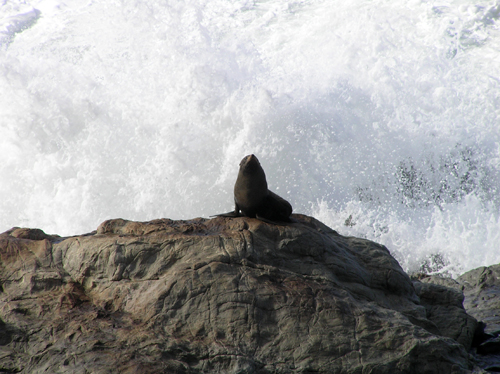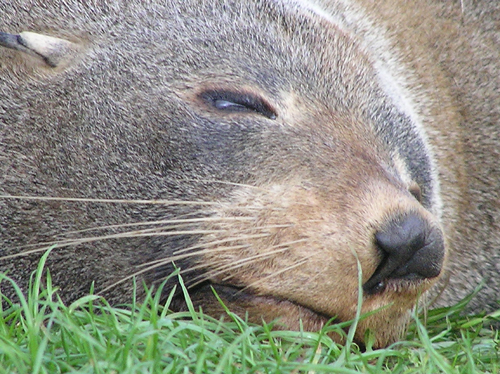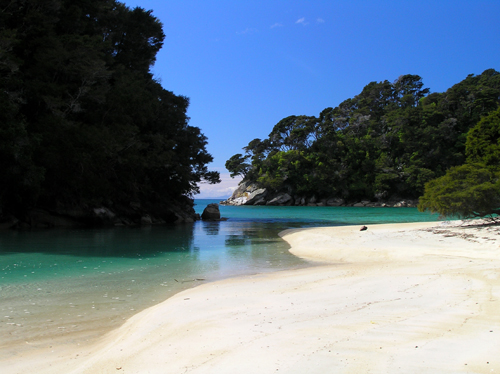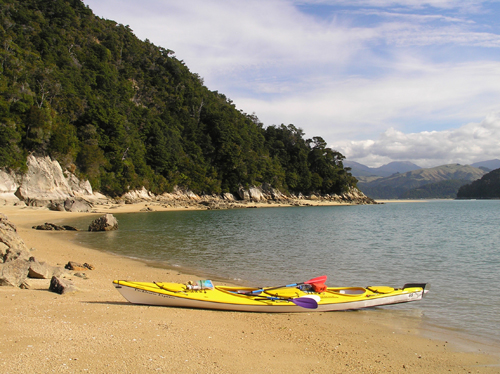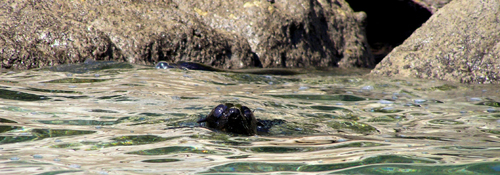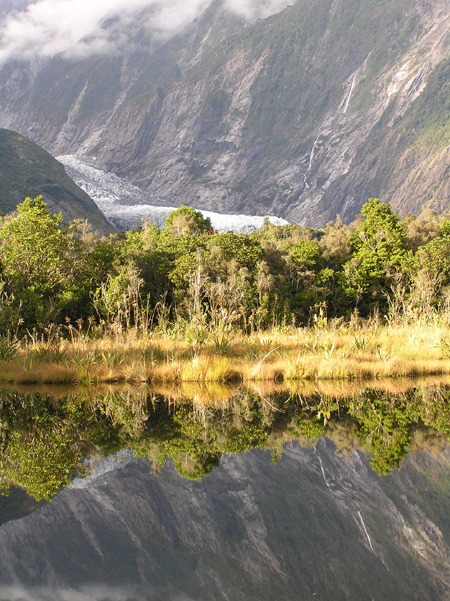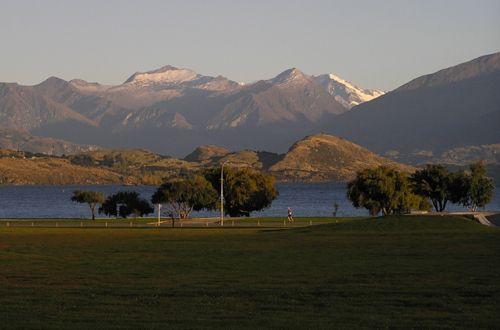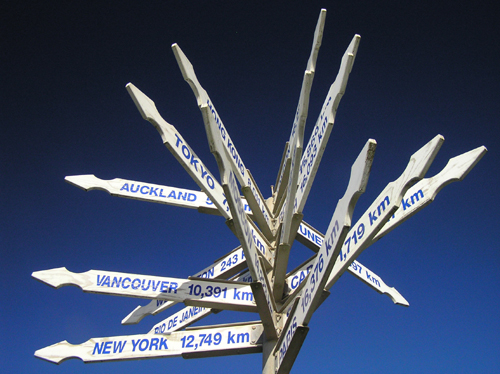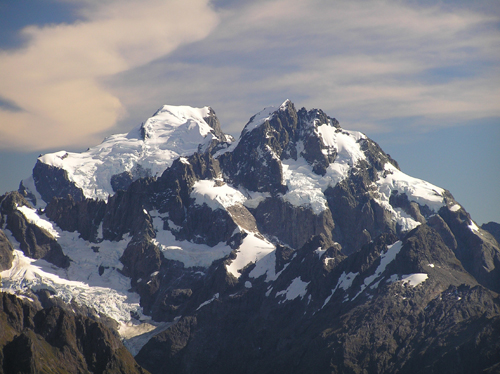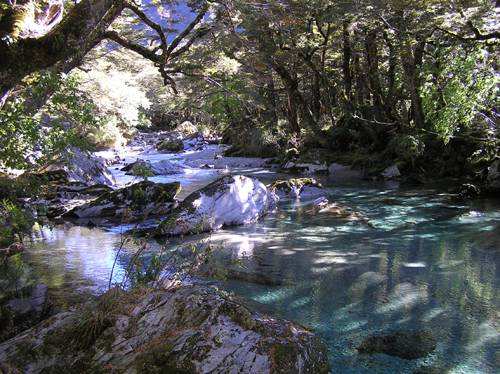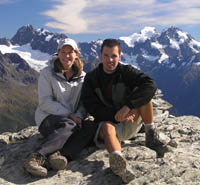Doom
One Ring to rule them all, One Ring to find them,
One Ring to bring them all and in the darkness bind them
In the Land of Mordor where the Shadows lie.
J.R.R. Tolkien – The Lord of the Rings Trilogy

The air is still and dark. Ice crystals crack under our feet as we climb into the land of shadows. Wisps of steam crawl along the blood-red earth, looking for ways of escape. In the distance, a mammoth peak rakes the darkened sky. Welcome to Mordor.
In recent times, the Lord of the Rings Trilogy has captured the world’s attention. Nowhere is this more apparent than New Zealand, home to director Peter Jackson and the myriad of locations where the three movies were filmed. In New Zealand, maps mark all filming locations, tour companies take people by mountain bike, bus, airplane, and helicopter to the sites, and LOTR books inundate the shelves.
Of the many incredible sights seen in the movies, few are more impressive than Mount Doom, a dark, lava- spewing volcanic monolith, situated in the land of Mordor. It is Mount Doom where the greatest of the Rings of Power was forged, and it was Mount Doom where Frodo and Sam journeyed to destroy the Ring.

One of New Zealand’s Great Walks is the Tongariro Crossing, a one-day, 12-mile tramp through Tongariro National Park. This walk takes you through one of the most magnificent and desolate volcanic landscapes on the Pacific Rim, and leads you through three towering volcanoes, including Mount Ngauruhoe, otherwise known as Mount Doom. It offers spectacular views, amazing geologic sights, and with several thousand feet of climbing over the 8-hour hike, a wee bit of exercise.
As an active volcanic area, the smell of sulfur permeates Tongariro National Park. Steam escapes from cracks in the trail, warming the hands of trampers on the way. Emerald green lakes dot the barren craters, and lava formations mark the twisted trail. Near the end of the track, a stream tumbles off the rugged flanks of the mountain, and down through the peaceful forest below.
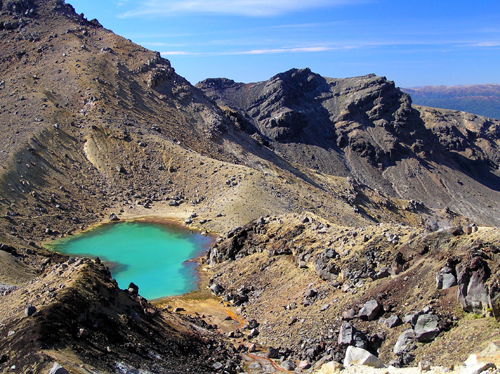
Trampers come by the busloads to experience the surreal landscape surrounding Mount Doom. Despite their crowded presence, the tramp does not dissapoint. The spectacular beauty of Tongariro gives credence to the claim that this is the best one-day walk in New Zealand.
Enjoy the Tongariro Crossing Photo Gallery.
Enjoy the Tongariro videos:
Mount Doom Steam Vent.
Emerald Lake Smoke.
